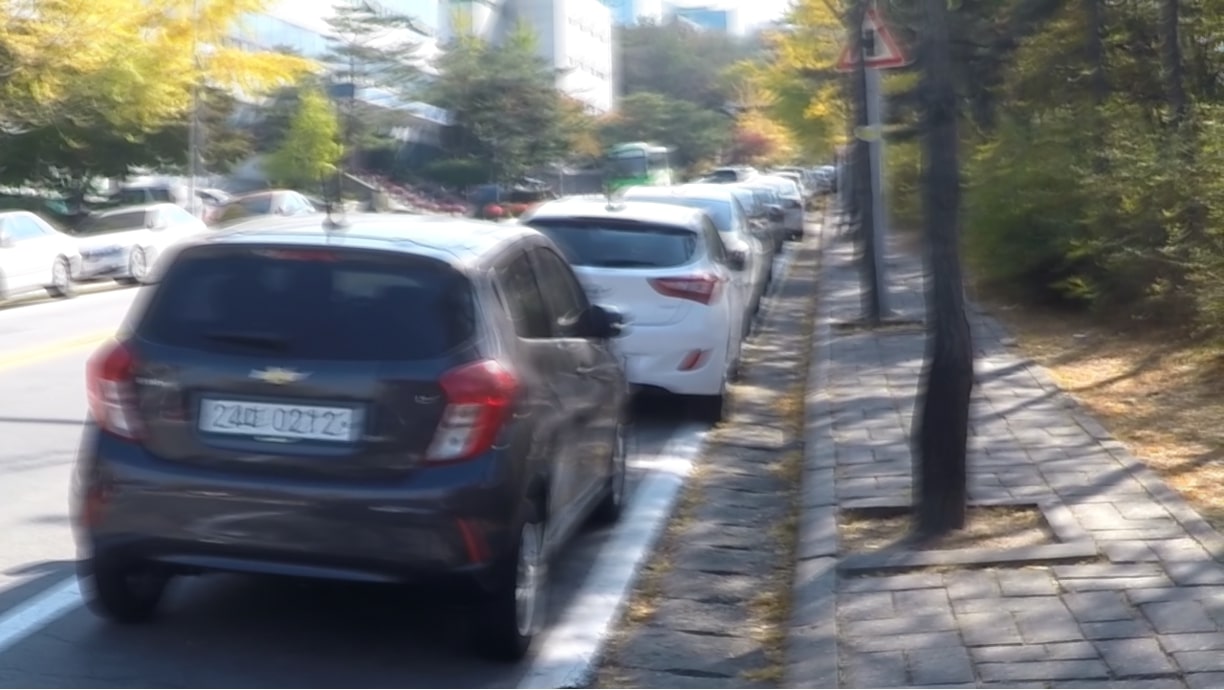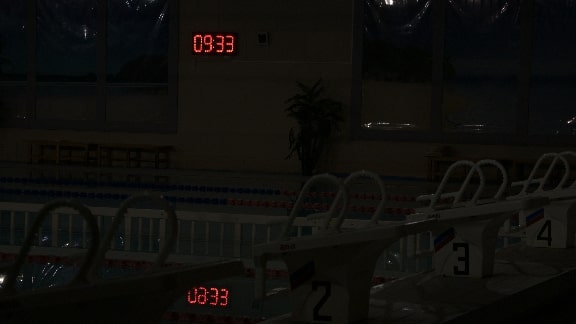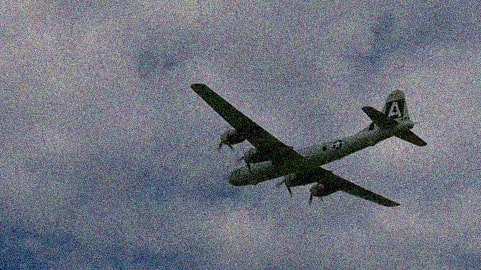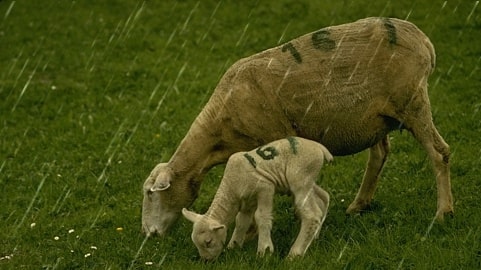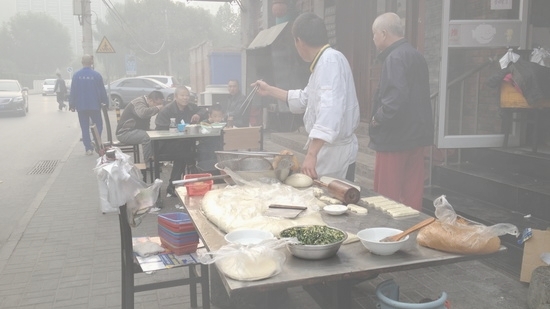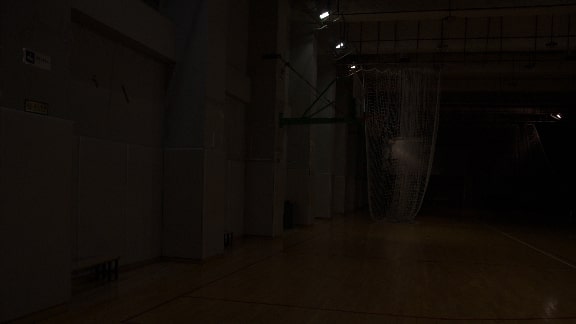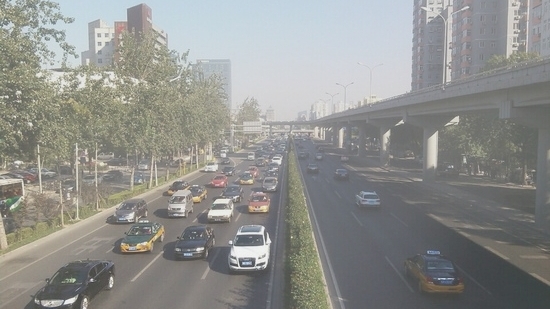Our method comprises three key components: a baseline model, a set of Low-Rank Adapters, and a lightweight estimator. First, the baseline model is trained on a large dataset of natural images with synthetically generated degradations, including noise, blur, rain, haze, and low-light conditions. To enhance diversity, we introduce a CutMix strategy to blend multiple degradation types within a single image, paired with a Cross Entropy Loss for pixel-wise degradation classification. Second, the baseline model is adapted to each task using Low-Rank Decomposition (LoRA). Third, a lightweight estimator is trained to identify the input degradations. This estimator enables either the blending or selection of the most suitable adapters to fine-tune the pre-trained baseline weights. Consequently, our method is highly flexible, generalizing effectively to unseen image restoration tasks, mixed degradations, and new tasks. Notably, adapting to new tasks requires only training a new adapter and updating the estimator, without compromising the knowledge gained from previously trained tasks.
